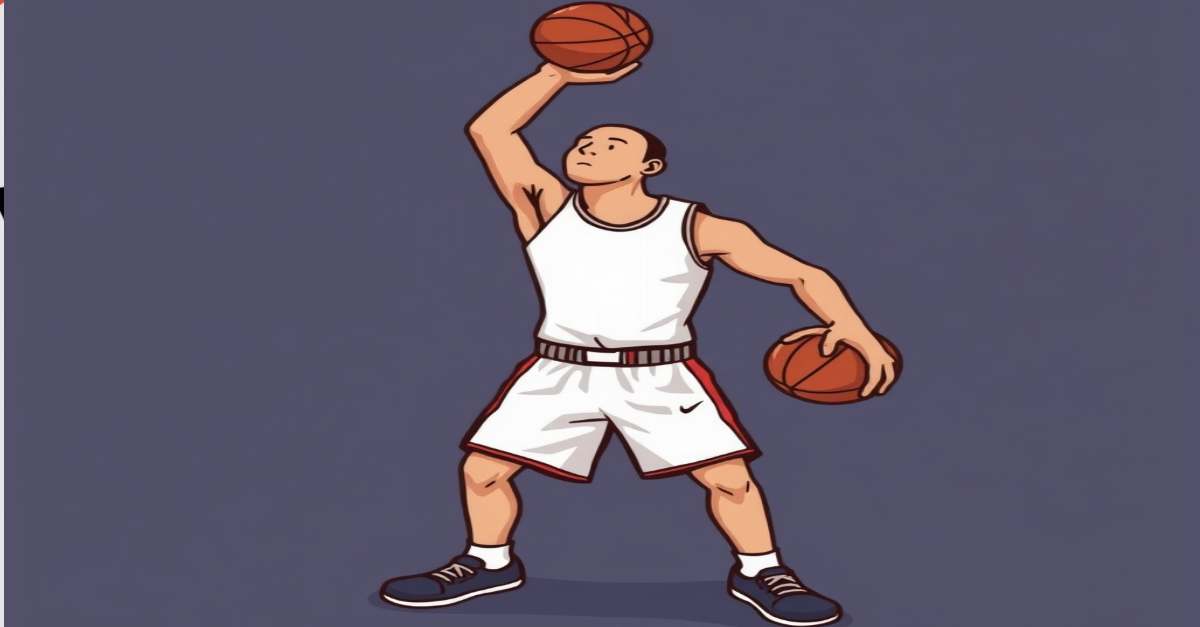A lob pass is a valuable tool in a quarterback’s arsenal. It requires precision and finesse to get the ball over defenders and into the waiting hands of a receiver. Here’s a comprehensive guide to mastering this technique.
Understanding the Lob Pass Technique
The lob pass is designed to sail over defenders’ heads, dropping gently into the arms of your receiver. It requires a delicate balance of power and touch, making it practical for plays where defenders are closing in underneath.
Selecting the Right Receiver Position

Identify receivers who have gained separation from their defenders or are positioned advantageously downfield. Consider the trajectory needed to bypass defensive coverage and reach your target.
Proper Grip and Hand Placement
- Grip: Hold the ball firmly with fingers spread across the laces. This ensures control and spin during the throw.
- Position: The ball should rest slightly back in your palm for a smooth release.
Footwork for Effective Throwing
- Stance: Stand with feet shoulder-width apart, knees slightly bent for balance.
- Weight Transfer: Shift your weight from your back to your front foot as you enter the throw. This provides the power needed for a successful lob.
Timing Your Release with Precision
- Identify the Window: Locate where the defender is relative to your receiver.
- Release: Aim to release the ball at the peak of your step, maintaining a high follow-through to give the ball the necessary loft.
Adjusting for Wind and Field Conditions
Be aware of weather conditions that can affect the trajectory of the ball. Wind can alter the path of a lob, so adjust your aim accordingly to compensate for environmental factors.
Practicing Drills for Consistent Execution

- Target Practice: Set up targets at different distances (10 to 30 yards) and practice hitting them consistently.
- Receiver Drills: Work on routes like fades and corners that require precise lob passes.
- Pressure Drills: Simulate game conditions with defenders applying pressure to practice accuracy under duress.
- Competitive Drills: Engage in friendly competitions with fellow quarterbacks to hit specific targets, adding a bit of fun and pressure.
FAQs
What is the best distance to throw a lob pass?
The optimal distance for a lob pass typically falls between 10 to 30 yards, as this range allows for sufficient arc while maintaining accuracy to reach the receiver.
How can I improve my lob pass accuracy?
Regular practice is critical. Focus on drills that enhance your grip, footwork, and timing. Working with receivers to improve route precision will also significantly boost your effectiveness.
When should I use a lob pass instead of a bullet pass?
Utilize a lob pass when defenders are closing in on your receiver or when you want to target an area in the air that a bullet pass may not reach effectively. A lob pass also works well when quickly adjusting to a receiver’s movement downfield.
How can I adjust my lob pass for windy conditions?
Aim to throw the ball in windy conditions with a slight adjustment to your target. Add a bit more loft if the wind is blowing in your face. Conversely, throw slightly lower if the wind is at your back to maintain control and accuracy.
Can I practice lob passes without a receiver?
Target practice can be conducted using stationary objects, such as cones. This helps you work on your release, trajectory, and accuracy even when a receiver isn’t available.
Conclusion: Mastering the Lob Pass Basics
Consistent practice and a focus on fundamentals are vital to mastering the lob pass. Understanding the key steps, avoiding common mistakes, and engaging in targeted drills will enhance your ability to make this crucial play under various conditions. Remember, practice makes permanent, so keep honing your skills to become a more effective quarterback on the field.










